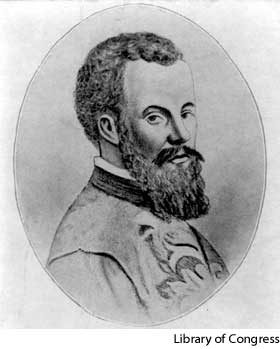
Referred to by many as the founder of modern anatomy, Vesalius (1514 – 1564) was born in Brussels, studied medicine in Paris, and finally settled in Italy as the Chair of Surgery and Anatomy at the University of Padua, which he earned the first day of receiving his medical doctorate from the University. He published his famous works on human anatomy, On the Fabric of the Human Body, a collection of seven books presenting a modern anatomical view of the complete human body, rife with many detailed drawings of the human body.
Vesalius was so influential because he was able to correct the errors of earlier anatomists due to his direct observation of the body through the dissection of executed criminals. The detailed illustrations were drawn by artists present at the dissections and provided a valuable resource for medical students to reference. The improved printing technology of the Renaissance helped preserve and distribute these drawings.
Later in life, Vesalius joined Charles V court as a doctor, leaving his post in Padua. After serving a little more than a decade in the imperial court Vesalius embarked on a pilgrimage to the Holy Land where on his return he was shipwrecked on an island and soon died. He was 50 years old at the time of his death but his influence on anatomy would be permanent.